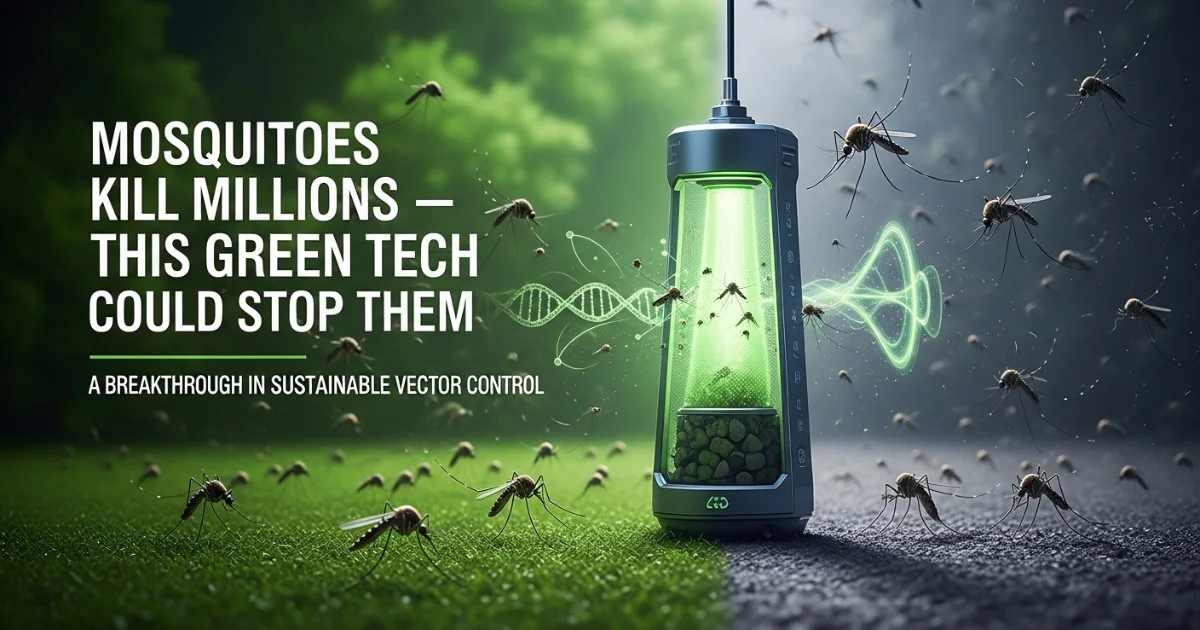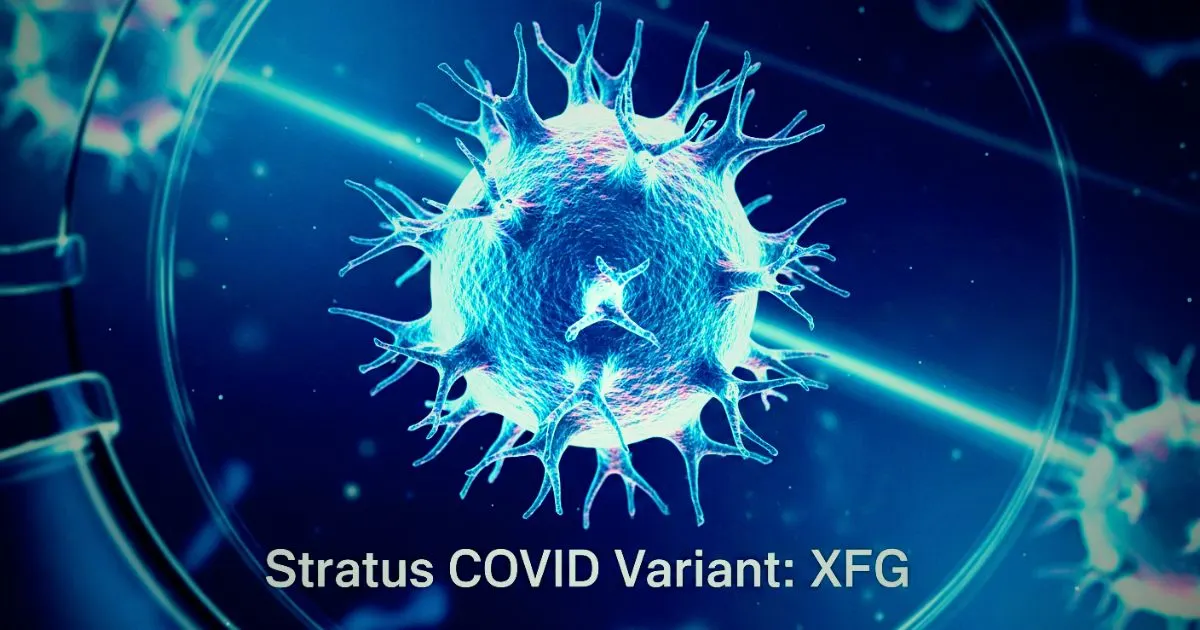Abstract
Mosquitoes aren’t just annoying — they are deadly. They spread life-threatening diseases like malaria, dengue, chikungunya, yellow fever, Zika, West Nile, and lymphatic filariasis. These illnesses kill over a million people each year, with hundreds of millions more falling sick.
To stop these diseases, scientists and public health experts have used chemical, biological, mechanical, and medical approaches. But there’s a problem: mosquitoes are evolving fast. They’re spreading to new places, developing resistance to insecticides, and new mosquito-borne viruses are emerging.
Now, researchers are turning to nanobiotechnology — specifically “green” nanoparticles made from plant extracts — as a new eco-friendly, biodegradable, and cost-effective tool for mosquito control. These plant-based nanoparticles can repel or kill mosquitoes without harming people or the environment.
This article explores the current strategies to fight mosquito-borne diseases, the challenges we face, and how green nanotechnology might transform mosquito control.
Table of Contents
1. Why Mosquitoes Are Such a Big Problem
Global travel, climate change, and urbanization have helped mosquitoes spread across continents. Of the thousands of mosquito species, three genera are the most dangerous: Anopheles, Aedes, and Culex.
They carry pathogens that cause diseases like:
- Malaria – Kills hundreds of thousands yearly, mostly in Africa.
- Dengue – Sickens 100 million people each year in 125+ countries.
- Yellow Fever – Still a major threat in Africa and South America.
- Chikungunya, Zika, West Nile, Rift Valley Fever, and Lymphatic Filariasis – Affect millions worldwide.
The fight against these diseases is difficult because:
- No vaccines exist for many mosquito-borne viruses.
- Mosquitoes are becoming resistant to insecticides.
- New viruses are emerging and spreading faster than ever.
2. Current Mosquito Control Strategies
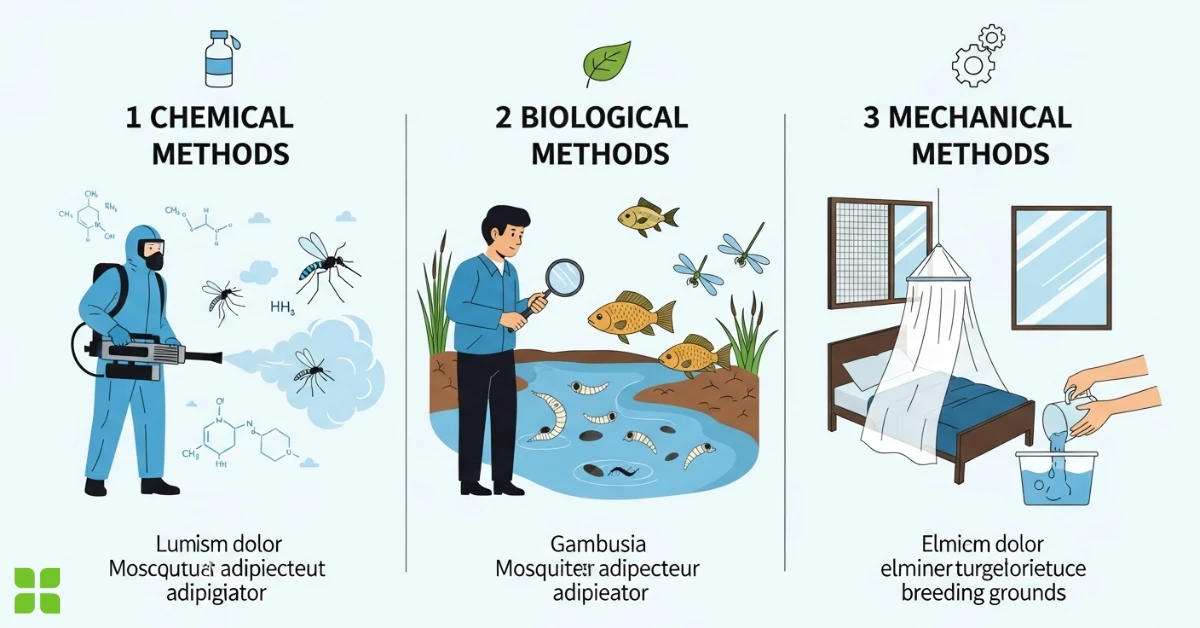
Public health programs use a mix of chemical, biological, and mechanical approaches. Here’s how they work — and where they fall short.
Chemical Methods
- Long-Lasting Insecticide-Treated Nets (LLINs) – One of the most effective tools against malaria, especially in Africa. They physically block and chemically kill mosquitoes, but resistance to pyrethroid insecticides is reducing their impact.
- Indoor Residual Spraying (IRS) – Spraying insecticide on indoor walls where mosquitoes rest. Effective but labor-intensive and doesn’t prevent outdoor bites.
- Space Spraying – Spraying fine droplets of insecticide around homes, often in emergencies. Works fast but only kills adult mosquitoes present at the time.
- Mosquito Repellents – Synthetic repellents like DEET work well but raise environmental concerns. Plant-based repellents and fabrics infused with nanoparticles offer safer, greener options.
Biological Methods
- Genetic Modification – Releasing sterile male mosquitoes so wild females can’t produce offspring.
- Fungi – Certain fungi can infect and kill mosquitoes.
- Predatory Fish – Larvivorous fish eat mosquito larvae in water sources.
- Bacteria – Bacillus thuringiensis israelensis (Bti) is safe for humans but deadly to mosquito larvae.
- Insect Growth Regulators (IGRs) – Chemicals that stop larvae from becoming adults.
- Wolbachia – A bacterium that blocks mosquitoes from transmitting viruses like dengue and Zika.
- Engineered Symbiotic Bacteria – Genetically modified bacteria that live inside mosquitoes and stop disease transmission.
- Spinosyns – Natural soil bacteria products that act as eco-friendly insecticides.
- Bacterial Feeding Deterrents – Bacteria-derived substances that make mosquitoes avoid biting.
Mechanical Methods
- Eave Tubes – Block mosquito entry into homes while delivering insecticide at entry points.
- Attractive Sugar Baits – Lure mosquitoes to feed on sugar mixed with insecticide.
3. The Insecticide Resistance Crisis
Mosquitoes adapt quickly. Heavy use of pesticides in both farming and public health has created resistant populations. This means:
- Some insecticides no longer work at all in certain regions.
- Resistance mechanisms include genetic mutations, detoxifying enzymes, and even thicker cuticles to block insecticide penetration.
- Resistance is spreading in Africa and Asia, worsening outbreaks.
4. Why Green Nanotechnology Could Be a Game-Changer
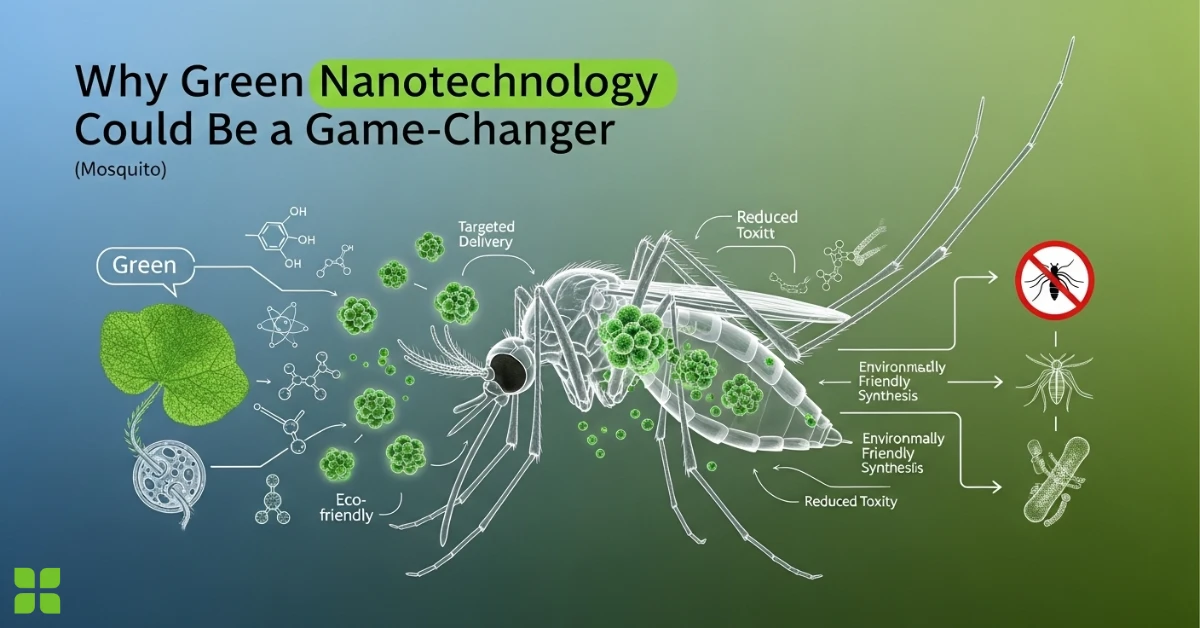
Nanotechnology offers a new way forward:
- Plant-based Nanoparticles – Made by using natural plant extracts instead of toxic chemicals.
- Eco-Friendly – Biodegradable and safe for non-target organisms.
- Versatile – Can be used as repellents, larvicides, or adulticides.
- Cost-Effective – Simple, one-step production without high energy use or expensive materials.
- Broad-Spectrum Action – Effective against multiple mosquito species.
Researchers are already exploring nanoparticle-coated fabrics, nanoparticle sprays, and even nanoparticle-based biosensors to detect mosquito-borne viruses faster.
5. The Road Ahead
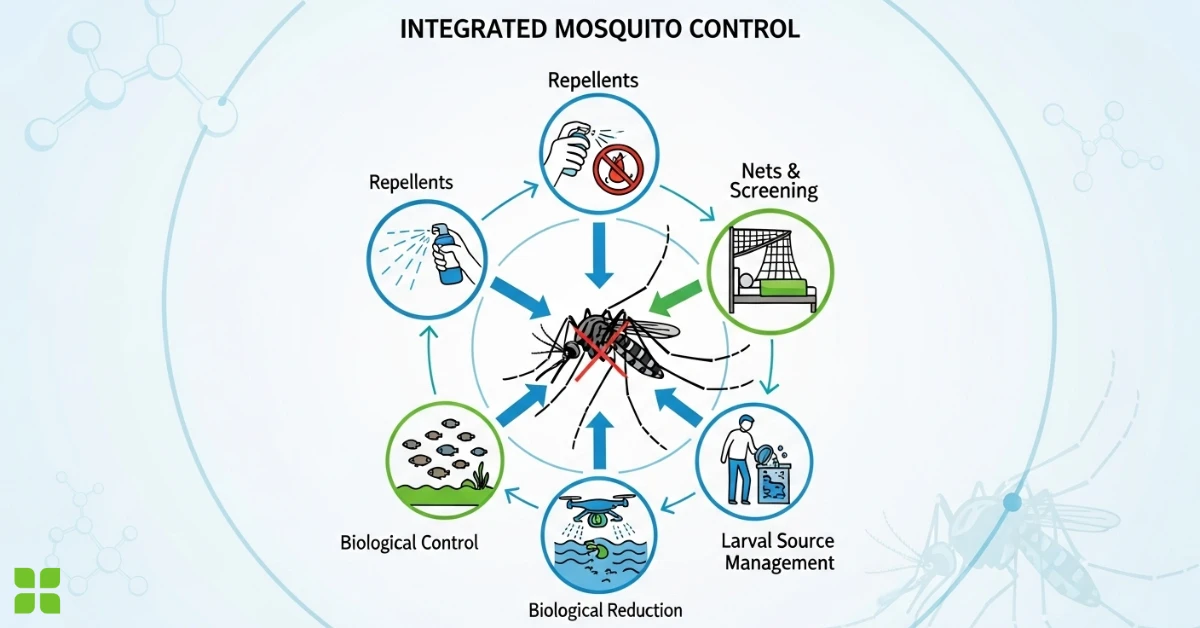
Fighting mosquitoes isn’t about one single method — it’s about integrated control. Combining:
- Proven tools like LLINs and IRS
- Biological controls like Wolbachia
- New innovations like green nanoparticles
…could help turn the tide against deadly mosquito-borne diseases.
But to make this happen, we need:
- More research on plant-based nanoparticles.
- Monitoring programs to detect insecticide resistance early.
- Public health campaigns to ensure people use available prevention tools consistently.
Bottom Line:
Mosquitoes are small but deadly. With over a million lives lost each year, the need for new, eco-friendly, and effective control methods has never been greater. Green nanotechnology — inspired by nature and powered by science — might be the breakthrough we’ve been waiting for.
Read More:How to Slim Your Face: What Really Works (and What Doesn’t)
